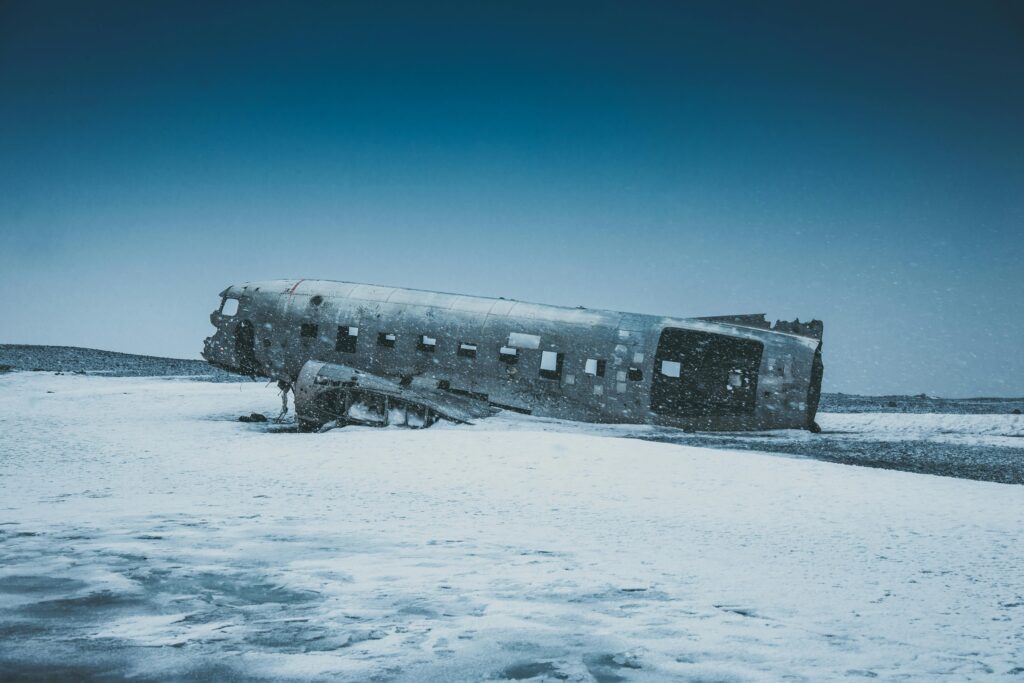1972 Andes Plane Crash: A Story of Survival and Strength
Introduction
In the annals of aviation history, the 1972 Andes plane crash stands out as a harrowing tale of survival, human spirit, and resilience. This tragic yet inspiring story has captivated people worldwide, showcasing the incredible lengths to which humans will go to stay alive.

The Fateful Flight
The Uruguayan Air Force Flight 571
On October 13, 1972, Uruguayan Air Force Flight 571, carrying 45 passengers, including members of a rugby team, their friends, and family, took off from Montevideo, Uruguay, heading to Santiago, Chile. The aircraft, a Fairchild FH-227D, encountered severe weather conditions as it approached the Andes Mountains.
The Crash
The plane crashed into a remote mountainous region, straddling the border between Argentina and Chile. The impact was devastating, and many passengers died instantly. Those who survived the crash were left stranded in one of the most inhospitable environments on Earth, with little food, inadequate clothing, and no means to communicate with the outside world.
The Struggle for Survival
Immediate Challenges
The survivors faced immediate challenges. The cold was intense, with temperatures dropping well below freezing. Food supplies were minimal, consisting mainly of chocolate, wine, and a few other items salvaged from the wreckage. The mountainous terrain made it difficult to find any natural resources.
H3: Makeshift Shelter and Rationing
The fuselage of the plane became their makeshift shelter. It provided some protection against the harsh elements, but conditions were cramped and uncomfortable. The survivors rationed their meager food supplies, hoping to sustain themselves until rescue arrived.
A Desperate Decision
Cannibalism for Survival
As days turned into weeks, the situation grew increasingly dire. Faced with starvation, the survivors made the agonizing decision to resort to cannibalism. They ate the bodies of those who had died in the crash, a choice born out of sheer desperation. This decision, while controversial, was the key to their survival.
Psychological Toll
The psychological toll of cannibalism was immense. Many survivors struggled with guilt and horror, but their will to live overpowered these emotions. They knew that survival depended on their ability to adapt to the unthinkable circumstances.
Search and Rescue Efforts
Initial Search Attempts
Initial search and rescue efforts were hampered by the remote location and poor weather conditions. The white fuselage of the plane blended with the snow, making it nearly impossible to spot from the air. After several days, the search was called off, and the survivors were presumed dead.
Hope and Determination
Despite the abandonment of the search, the survivors never lost hope. They remained determined to be found and devised plans to signal any potential rescuers. They used mirrors, created large signs in the snow, and even attempted to operate the plane’s radio, though these efforts proved unsuccessful.
The Journey to Rescue
Trek for Help
Realizing that they might not be found, two of the survivors, Nando Parrado and Roberto Canessa, decided to embark on a perilous trek to find help. They faced the treacherous terrain, extreme cold, and altitude sickness but remained resolute.
The Moment of Rescue
After ten days of arduous travel, Parrado and Canessa encountered a Chilean shepherd who alerted authorities. The news of their survival and the location of the crash site reached rescuers. On December 20, 1972, more than two months after the crash, the remaining 14 survivors were rescued.
Legacy and Impact
Media Sensation
The story of the 1972 Andes plane crash quickly became a global media sensation. The survivors’ ordeal, particularly their resort to cannibalism, fascinated and horrified the public. Their story was later documented in books, documentaries, and the 1993 film “Alive,” which brought the events to an even wider audience.
Lessons Learned
The crash and subsequent survival highlighted the importance of survival training, emergency preparedness, and the resilience of the human spirit. It also led to improvements in search and rescue operations, ensuring that future efforts would be more effective in similar situations.
Conclusion
The 1972 Andes plane crash remains one of the most extraordinary survival stories in history. It serves as a testament to human endurance, the will to live, and the strength of the human spirit in the face of insurmountable odds. This tragic yet uplifting tale continues to inspire and remind us of the incredible resilience within us all.
FAQs
1. What caused the 1972 Andes plane crash?
The crash was caused by poor weather conditions and navigational errors. The aircraft struck a mountain peak, leading to a catastrophic impact.
2. How long did the survivors stay stranded in the Andes?
The survivors were stranded for 72 days before being rescued on December 20, 1972.
3. How many people survived the crash?
Out of the 45 passengers on board, 16 survived the ordeal.
4. What did the survivors do to stay alive?
The survivors resorted to cannibalism, eating the bodies of those who had died in the crash, to stay alive.
5. How did the survivors finally get rescued?
Two survivors, Nando Parrado and Roberto Canessa, trekked for ten days to find help. They encountered a Chilean shepherd who alerted authorities, leading to the rescue of the remaining survivors.


